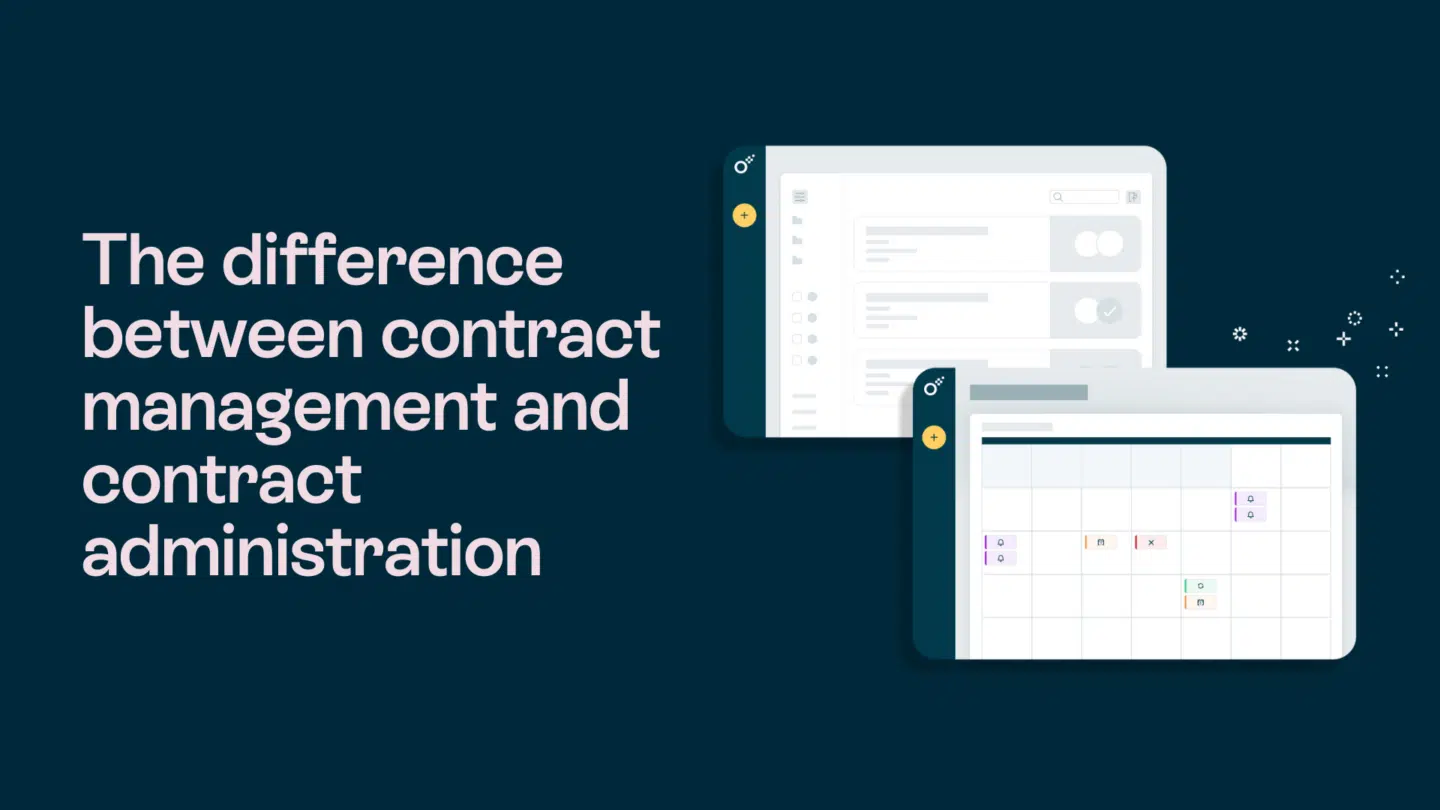Welcome to our step-by-step guide on how to draft an agreement! Whether you’re a business owner, an individual entering into a contract, or simply curious about the legalities involved, this article will provide you with the necessary knowledge to navigate through the agreement drafting process successfully. By understanding the basics, preparing effectively, writing clearly, and finalizing the agreement, you’ll be equipped with the tools to create a strong and enforceable document. So let’s dive right in!
Understanding the basics of an agreement
Before delving into the nitty-gritty details, it’s crucial to grasp the importance of an agreement and its fundamental elements. An agreement is a legally binding contract between two or more parties that outlines the terms and conditions to be followed. It serves as a reference point and provides clarity regarding the rights and responsibilities of each party involved.
When entering into any agreement, it is important to have a clear understanding of its definition and significance. Simply put, an agreement is a document that establishes the understanding and consent of all parties involved. It sets the groundwork for a successful transaction, preventing misunderstandings and potential disputes.
Imagine you are starting a new business partnership. You and your partner have a shared vision and goals for the business, but without a formal agreement, there is a risk of miscommunication or differing expectations. An agreement ensures everyone is on the same page and protects the interests of all parties involved.
Read also: What are digital contracts?

Definition and importance of an agreement
Simply put, an agreement is a document that establishes the understanding and consent of all parties involved. It sets the groundwork for a successful transaction, preventing misunderstandings and potential disputes. Whether you’re entering into a business partnership, leasing a property, or hiring a contractor, an agreement ensures everyone is on the same page and protects the interests of all parties.
Let’s consider the example of leasing a property. Without a proper agreement in place, both the landlord and tenant may have different expectations regarding the terms of the lease. This can lead to disagreements and legal complications in the future. However, with a well-drafted agreement, both parties are aware of their rights and responsibilities, creating a harmonious landlord-tenant relationship.
Key elements of an agreement
While every agreement is unique, certain key elements are essential for its validity and enforceability. These typically include:
- Parties involved: Clearly identify all parties participating in the agreement, outlining their roles and responsibilities.
For instance, in a business partnership agreement, it is crucial to specify the names and roles of each partner. This ensures that everyone understands their obligations and avoids any confusion or disputes in the future.
- Purpose of the agreement: Define the specific objectives and desired outcomes that the agreement aims to achieve.
When drafting an agreement for a construction project, it is important to clearly state the project’s goals and objectives. This helps to align the expectations of all parties involved and ensures that the project is completed successfully.
- Terms and conditions: Outline the rules, obligations, and requirements that all parties must follow throughout the course of the agreement.
In a software development agreement, the terms and conditions may include deadlines for project milestones, intellectual property rights, and confidentiality provisions. These terms and conditions provide a framework for the project and help to manage expectations.
- Consideration: Specify any monetary or non-monetary exchanges made between the parties as part of the agreement. This ensures a fair and balanced arrangement.
Consideration is an essential element of any agreement. In a sales agreement, for example, the consideration may be the purchase price paid by the buyer in exchange for the goods or services provided by the seller.
- Legal provisions: Take into account any necessary legal requirements that pertain to the specific agreement, such as specific clauses or legal terms.
Depending on the nature of the agreement, there may be specific legal provisions that need to be included. For example, in a rental agreement, there may be clauses related to maintenance responsibilities, termination procedures, and dispute resolution mechanisms.
Read also: The best contract drafting software for your business

Preparing to draft an agreement
Once you have a solid understanding of the basics, it’s time to roll up your sleeves and prepare for the agreement drafting process. Preparation is key to ensure a smooth and efficient process, reducing the likelihood of errors or omissions in the final document.
Identifying the parties involved
Start by clearly identifying all the parties who will be part of the agreement. Include their full legal names, contact information, and any other relevant details that establish their identities. This will help avoid confusion and ensure that the agreement accurately reflects the intentions of all parties.
Determining the purpose of the agreement
Next, determine the specific purpose and objectives of the agreement. Ask yourself what the agreement aims to achieve and what outcomes all parties expect. By defining the purpose clearly, you can structure the agreement to address those specific goals and ensure optimal outcomes for everyone involved.
Writing the agreement
With the preparation stage complete, it’s time to put pen to paper and start drafting the agreement. This step involves outlining the terms and conditions, specifying the obligations of each party, and securing a clear and comprehensive document.
Outlining the terms and conditions
When it comes to outlining the terms and conditions, clarity and simplicity are key. Use straightforward language that is easily understood by all parties involved. Clearly explain the rights and responsibilities of each party, including any conditions or limitations that apply. It’s essential to anticipate potential scenarios and address them preemptively to avoid ambiguity or disagreements down the line.
Specifying the obligations of each party
Each party should have their obligations clearly defined within the agreement. Clearly outline the tasks, services, or products that each party is responsible for providing. This ensures that everyone knows their role and what is expected of them, reducing the risk of misunderstandings or disputes in the future.
Read also: Before you sign: What should great contract management software actually do pre-sign?

Reviewing the agreement
Once the initial draft is complete, it’s crucial to review the agreement thoroughly. This step allows you to identify any errors, loopholes, or inconsistencies that need to be addressed before the final version is produced.
Importance of reviewing an agreement
Reviewing an agreement is a crucial step that should never be overlooked. By meticulously going through the document, you can spot any potential issues or areas of improvement. This not only ensures the accuracy of the terms and conditions but also provides an opportunity to refine the language for better clarity.
Tips for effectively reviewing an agreement
To effectively review an agreement, consider the following tips:
- Take your time: Rushing through the review process increases the risk of missing important details. Dedicate sufficient time to carefully analyze each section.
- Consult legal counsel, if necessary: If you have concerns or doubts about certain clauses, it’s always wise to consult with a legal professional to ensure compliance and protect your interests.
- Consider multiple perspectives: Put yourself in the shoes of each party involved in the agreement and assess whether all rights and obligations are adequately covered.
- Look out for potential loopholes: Scrutinize the document thoroughly to identify any potential ambiguities or loopholes that could be exploited.
Finalizing and signing the agreement
Once the review process is complete, and any necessary revisions have been made, it’s time to finalize the agreement and get it signed by all parties involved.
Ensuring mutual consent
Before signing the agreement, ensure that all parties are in mutual agreement with its contents. Address any concerns or misunderstandings, and make the necessary adjustments to reach a consensus. This step is essential to establish a solid foundation for a successful partnership or transaction.
The role of witnesses in agreement signing
In some cases, having witnesses present during the signing of the agreement can add an extra layer of security and validity. Witnesses can attest to the fact that all parties willingly signed the agreement and understood its contents. Consider involving witnesses, especially for agreements of significant importance or complexity.
By following this step-by-step guide, you’ll be well-equipped to draft a comprehensive and enforceable agreement. Remember, clarity, attention to detail, and effective communication are key throughout the entire process. So go ahead, put your newfound knowledge into practice, and draft your next agreement with confidence!








